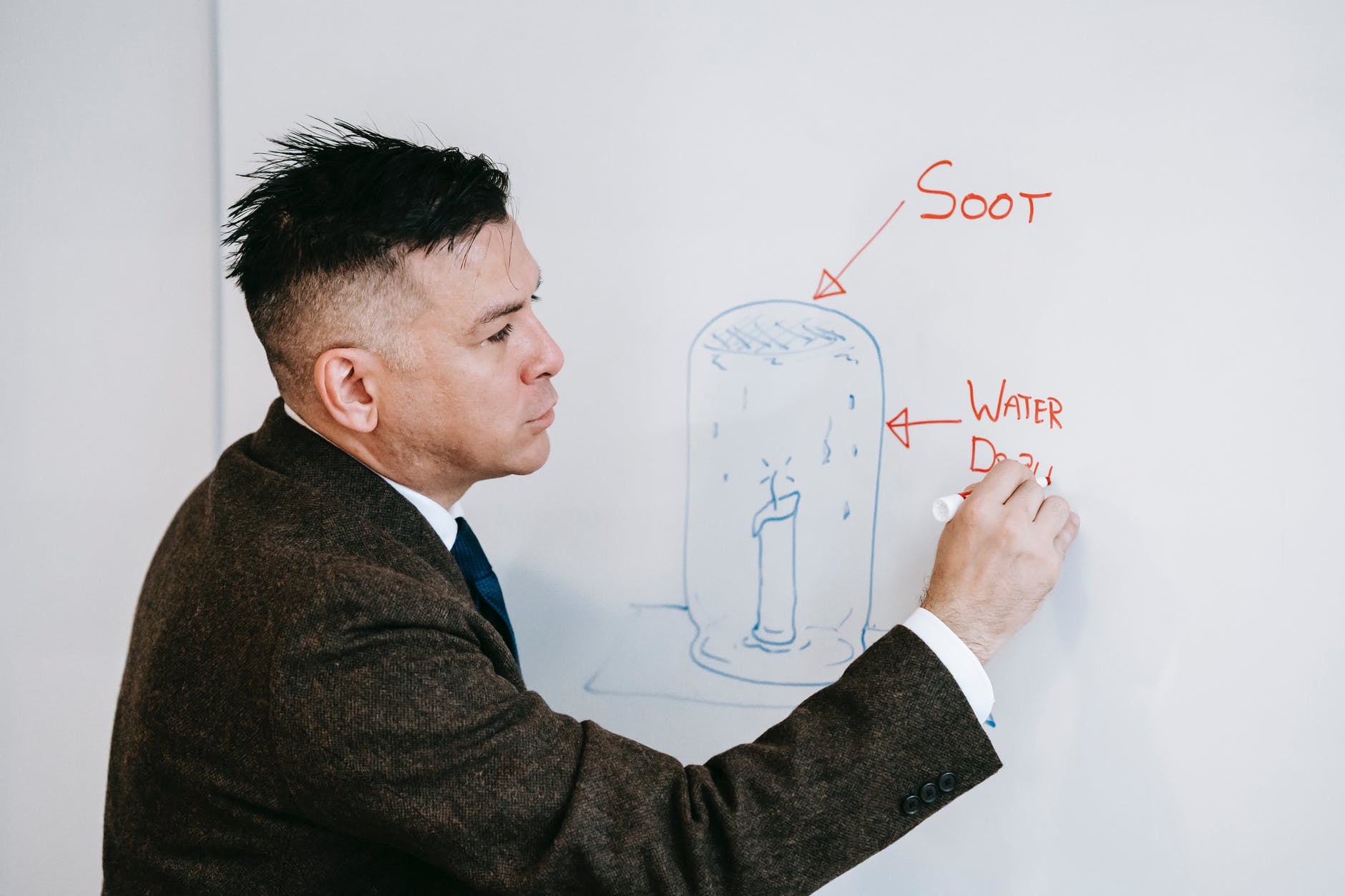Tonight Amada and I watched a SABER spring 2021 talk entitled “Structural racism, institutional transformation, and diversifying the STEM faculty” by Dr. Kimberly Griffin from the University of Maryland. This presentation happened live on February 18th. Griffin started by talking about the small share of US college faculty that are nonwhite by presenting Pew Research Center data. Further, faculty don’t look like the students they are teaching. Using Pew data and the NSF 2017 Survey of Doctorate Recipients, Griffin showed the distinct differences between faculty and student representation. Next, Griffin deconstruct the idea that diversifying the faculty is a “pipeline” problem by discussing how graduate student diversity is not leading to faculty careers. Data about the culture of science and climate of their departments and programs was discussed. Griffin described studies they conducted with Kenneth Gibbs and discussed how climate affected decisions to stay in academic positions. The second idea that Griffin addressed was the thought that mentoring can fix the lack of diversity in STEM faculty. Griffin explained that relationship quality, not access to mentors is critical. They explained that few mentors have training that would allow them to “maximize relationship outcomes” and this made me think about how I have honestly had little training as a mentor. I would love to take the Entering Mentoring workshops! Griffin mentioned that equity framing is an approach we can take to increase representation. I found it very though-provoking how Griffin explained that that the “pipeline, hiring, and retention” problem ideas can be reframed. Griffin described their research on individual racism such as stereotypes, micro aggressions & devaluation of expertise; exclusion from formal and informal networks; and inequitable asks and allocations of workload for people of color.
Next, Griffin described structural racism examples including lack of accountability for racism and injustice; hiring processes that rely on traditional outreach strategies and prestige; exclusion and devaluation fo work of scholars of color; and current structure that don’t value the service, diversity, or teaching and emotional labor by faculty of color. The last point was one that I haven’t heard much about and really made me think! Griffin introduced the Institutional Model for Faculty Diversity that breaks down recruitment, transition, and retention within the institutional context into several stages and components. Griffin talked about the importance of data collection and sense making to gather information about diversity, retention, and effectiveness of interventions. I love how bravery was mentioned to change what we can where we can, be curious to figure out what is wrong, and acknowledge mistakes. Griffin suggested that we must look beyond diversity, let go of quick fixes, and think deeply about the impact of structural racism on recruitment and retention. Importantly, Griffin emphasizes that we have to be strategic and open to learning and improving. During the discussion, Griffin urged us to take on as our personal responsibility speaking up when necessary and educating ourselves. Griffin mentioned that “we must not only point out at the structures, but also point out at ourselves too.” Griffin mentioned that the Aspire Alliance has checklist for institutions to review recruitment practices.

Photo by Vanessa Garcia on Pexels.com

